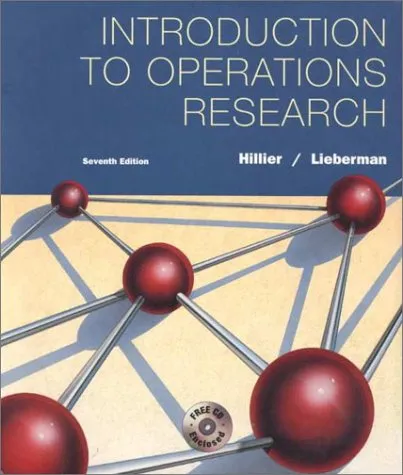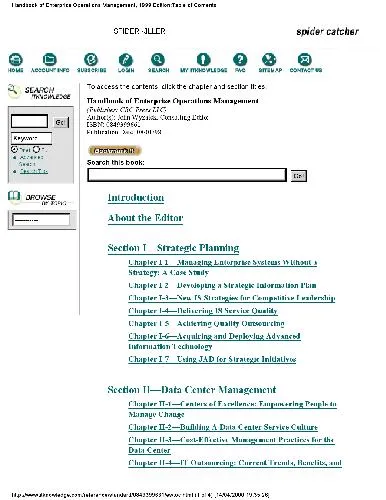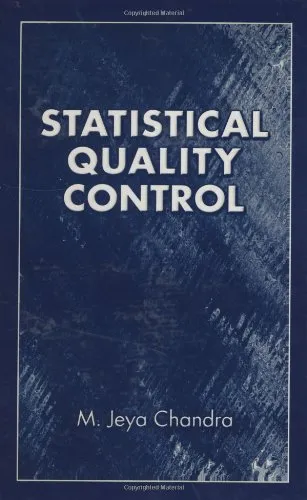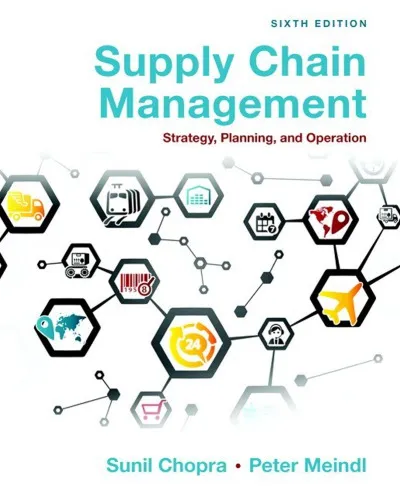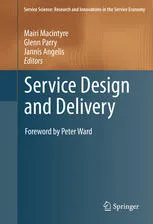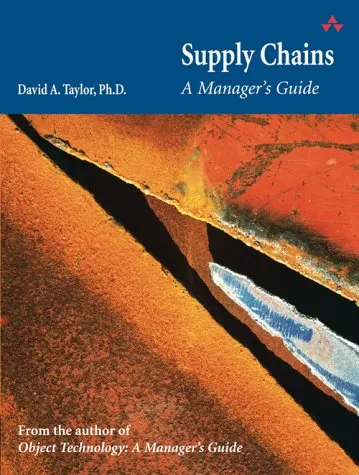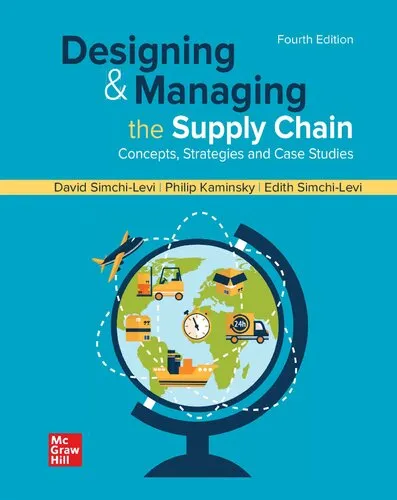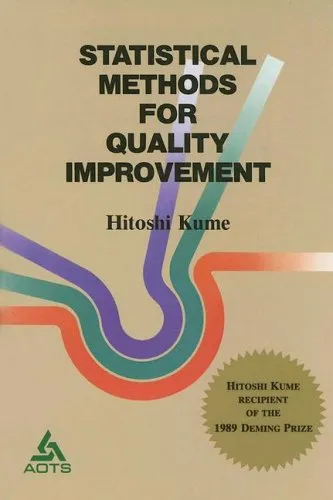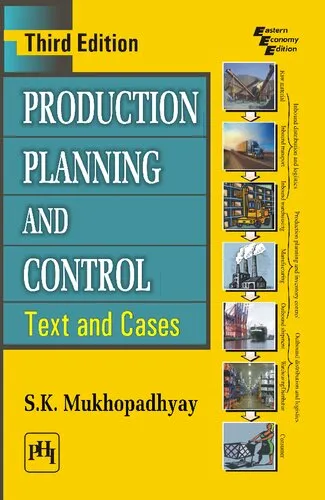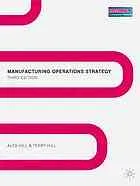Introduction to operations research
4.9
Reviews from our users

You Can Ask your questions from this book's AI after Login
Each download or ask from book AI costs 2 points. To earn more free points, please visit the Points Guide Page and complete some valuable actions.Related Refrences:
Introduction to 'Introduction to Operations Research'
First published decades ago, Introduction to Operations Research by Frederick S. Hillier and Gerald J. Lieberman has established itself as a leading authority in the field of operations research (O.R.). Countless practitioners, researchers, and students have relied on this textbook for its meticulous explanations, real-world applications, and comprehensive approach to solving complex decision-making problems. Over the years, the book has been updated to reflect the dynamic changes in the field, incorporating modern tools and techniques while preserving its core foundational principles.
From optimization and decision-making to simulation and probability models, the book masterfully blends theoretical insights with practical implementations. Whether you're a student encountering operations research for the first time or a professional deepening your expertise, this book serves as a vital resource for understanding and addressing complex problems in industries ranging from logistics and supply chain to healthcare and finance. In this introduction, we delve deeper into the book's contents, summarize its key takeaways, and explore its lasting significance in the ever-evolving discipline of O.R.
Detailed Summary of the Book
Introduction to Operations Research is a meticulously crafted textbook that systematically introduces the methodologies and applications of operations research. The book opens with an overview of the history and scope of O.R., offering insights into its role in modern decision-making environments. Building from basic principles, it progresses through models and methods essential to the field, such as linear programming, network optimization, decision theory, and queuing models.
The authors balance mathematical rigor with accessibility by including step-by-step examples, intuitive explanations, and graphical representations of complex problems. Notably, the book emphasizes problem formulation, guiding readers in understanding how industrial and organizational problems can be translated into mathematical models. This ensures users not only learn how to solve such problems but also develop a keen sense for recognizing foundational patterns in real-world scenarios.
A key feature of the book is its emphasis on computational techniques and software applications. With advancements in technology, the text incorporates resources for using optimization solvers and simulation software to bridge theory with modern practice. Real-world case studies and exercises embedded within the chapters provide a pragmatic learning experience, while appendices serve as a useful reference for mathematical tools and techniques.
Key Takeaways
- Operations research is a systematic approach to problem-solving, with wide-ranging applications in both public and private sectors.
- Linear programming forms the backbone of many O.R. methods, serving as the foundation for more advanced techniques like integer programming and dynamic optimization.
- Modern O.R. leverages computational power to solve previously unapproachable problems, showcasing the union of theory and technology.
- The book provides actionable strategies for decision-making under uncertainty, risk, and multiple conflicting objectives.
- Through case studies and exercises, readers gain hands-on experience, enhancing both analytical and critical-thinking skills.
Famous Quotes from the Book
"Operations research transforms data into insight and insight into action, empowering organizations to achieve optimal performance."
"The greatest strength of O.R. lies in its ability to model complex systems, illuminate interdependencies, and provide solutions where intuition falls short."
"Decision-making is as much about understanding trade-offs as it is about identifying solutions. Operations research gives us the tools to navigate this complexity."
Why This Book Matters
Operations research is at the heart of optimizing processes, improving efficiency, and solving critical challenges across industries. Introduction to Operations Research serves as an indispensable guide for students, researchers, and professionals alike who strive to build their expertise in this interdisciplinary field. The authors effectively demystify complex mathematical methodologies, empowering readers with practical skills and knowledge.
Beyond academics, this book equips decision-makers with tools necessary to tackle real-world challenges in logistics, healthcare operations, manufacturing, service delivery, and resource management. Its emphasis on computational techniques ensures readers remain equipped to handle modern O.R. problems with cutting-edge software. The authors’ emphasis on connecting theoretical models to real-world phenomena ensures this textbook remains relevant and impactful across generations of practitioners.
Whether you're an ambitious student or a seasoned analyst, this book highlights the centrality of O.R. in fostering data-driven solutions for today’s most complex problems. Its legacy speaks to its importance, as thousands of readers have relied on its clear, concise, and actionable content to elevate their understanding and application of operations research.
Free Direct Download
You Can Download this book after Login
Accessing books through legal platforms and public libraries not only supports the rights of authors and publishers but also contributes to the sustainability of reading culture. Before downloading, please take a moment to consider these options.
Find this book on other platforms:
WorldCat helps you find books in libraries worldwide.
See ratings, reviews, and discussions on Goodreads.
Find and buy rare or used books on AbeBooks.
1431
بازدید4.9
امتیاز0
نظر98%
رضایتReviews:
4.9
Based on 0 users review
Questions & Answers
Ask questions about this book or help others by answering
No questions yet. Be the first to ask!
